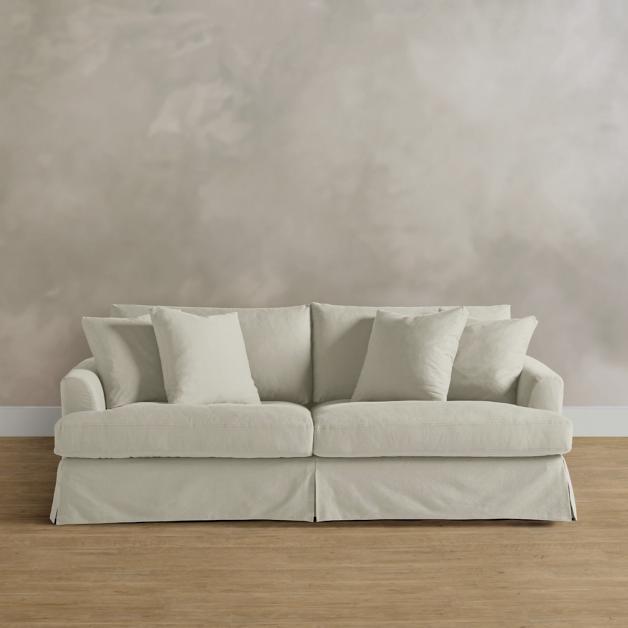Winsome Wood Hamilton Double Drop Leaf Dining Table, Walnut Finish
The Winsome Wood Hamilton Drop Leaf Table is a simple design yet an indispensable addition to any home.
The Winsome Wood Hamilton Drop Leaf Table is a simple design yet an indispensable addition to any home. Constructed of solid wood for long-lasting durability and finished in a rich walnut that will go well with just about any décor. A drop-leaf on each end offering exceptional versatility and making this an excellent choice for a studio apartment or small space. Needing more surface space, easily raise both leaves up, for a table suitable for entertaining or seating four comfortably, at 41.73 in W x 30.55 in D. When guests are gone, bring down both leaves and you’ll have a compact 27.8 in W table, helping you conserve valuable floor space. A drawer for having small necessities handy is centered and accented with a satin nickel drawer pull and made up of both composite and solid wood. This Hamilton table will combine great with several of the Winsome dining chairs (each sold separately). Conveniently packed and shipped in 1 box, that includes the hardware necessary for assembling.
- Transitional style
- Hamilton collection
- Walnut finish
- Double drop leaf dining table with one drawer
- Overall extended (leaves open) dimensions: 41.73″ W x 30.55″ D x 29.13″ H
- Top dimensions with both leaves down: 27.8″ W x 30.55″ D
- Top dimensions with one leaf down: 34.76″ W x 30.55″ D
- Width of each leaf: 7.88″
- Dimensions between table legs/ front view: 20.6″
- Dimensions between table legs/ side view: 24.6″
- Table top weight capacity: 100 lbs (evenly distributed)
- Drawer (interior) dimensions: 7.80″ W x 8.98″ D x 2.07″ H
- Item weight: 44.45 lbs
- Constructed of sturdy solid wood and some composite components on drawer
- Drawer pull is satin nickel
- Packed and shipped in 1 box
- Box dimensions: 33.5″ W x 45.25″ L x 5.75″ H
- Shipping weight: 48.6 lbs
- Assembly is required
- Assembly instructions/ inventory of parts list is included in package
- Model #94141
Additional information
| Manufacturer Part Number | 94141 |
|---|---|
| Assembled Product Weight | 44.45 lb |
| Assembled Product Dimensions (L x W x H) | 41.73 x 30.55 x 29.13 Inches |










by Texus
Heavy and substantial, solid wood
by Kathleen
Very nice and sturdy but it was delivered with a half inch gash on the edge. Decided not to return – too much bother.
by Joe
Prized at the quality and finish of this table.
by Brian
Beautiful finish. Very easy assembly as only the legs and the knob for the drawer need to be put on. Everything else is assembled. This is a very solid table and so the well packed shipping box is quite heavy. Would recommend.
by Barb
I love it for my new 3 season porch. I was disappointed the drawer was so small, nails pulling away from one side and wiggly when opening